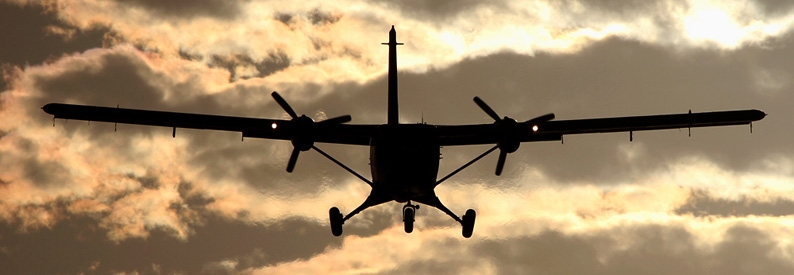Climate Change Intensifies Storms and Turbulence, Raising Flight Safety Risks

A new French-led study warns that climate change is intensifying storms and in-flight turbulence, posing growing threats to aviation safety and operational efficiency across key mid-latitude regions, including Japan, Europe and parts of the United States.
Researchers at the Laboratoire de Météorologie Dynamique analyzed four major storms that caused severe flight disruptions, including Typhoon Hinnamnor in August 2022, which struck Japan and South Korea and triggered more than 1,100 flight cancellations. Using advanced historical reconstructions and climate simulations, the team compared recent storms with past equivalents to measure how warming has altered atmospheric behavior.
Their findings show that storms are becoming significantly stronger and more frequent due to climate change, producing higher wind speeds and increased turbulence. Regions now experiencing noticeably more turbulent conditions than 50 years ago include southern U.K., northern France, the Netherlands, Taiwan’s eastern coastline, Japan and the southwestern United States.
“Climate change is already threatening the efficiency of air transport,” said lead author Lia Rapella. “More turbulence not only means less comfort, but also higher fuel and maintenance costs.” Turbulence avoidance increases flight times and fuel burn, while storm-related airport closures can create major economic and operational disruptions.
The study reviewed additional high-impact weather events such as Storm Eunice (2022) in the U.K. and Ireland, Storm Poly (2023) in northern Europe and a February 2023 winter storm that brought hail, snow and destructive winds across the U.S. The authors emphasize that cyclones, thunderstorms and strong wind events linked to human-induced warming pose some of the greatest risks to aviation, increasing the likelihood of turbulence-related incidents and delays.
To safeguard future operations, researchers call for more advanced forecasting tools, high-resolution climate models and stronger collaboration between scientists, regulators and the aviation industry. Improving resilience, they argue, will be essential as extreme weather becomes more frequent in a rapidly warming climate.
The study was published in Weather and Climate Dynamics.
Related News: https://airguide.info/category/air-travel-business/travel-health-security/
Sources: AirGuide Business airguide.info, bing.com, japantimes.co.jp
